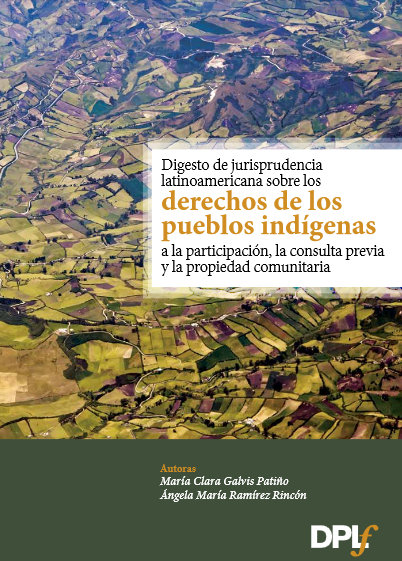Améliorer la gouvernance foncière en Afrique pour encourager le partage de la prospérité
WASHINGTON, 22 juillet 2013—L’Afrique possède près de la moitié de toutes les terres utilisables non cultivées de la planète. Ce sont environ 202 millions d’hectares qui pourraient être ainsi exploités. Elle affiche pourtant le niveau de pauvreté le plus élevé du monde. Ses piètres performances sur le front du développement suggèrent qu’elle n’a pas tiré parti de ses abondantes terres agricoles et ressources naturelles pour enclencher une croissance partagée et soutenue.
Intensifier les progrès








